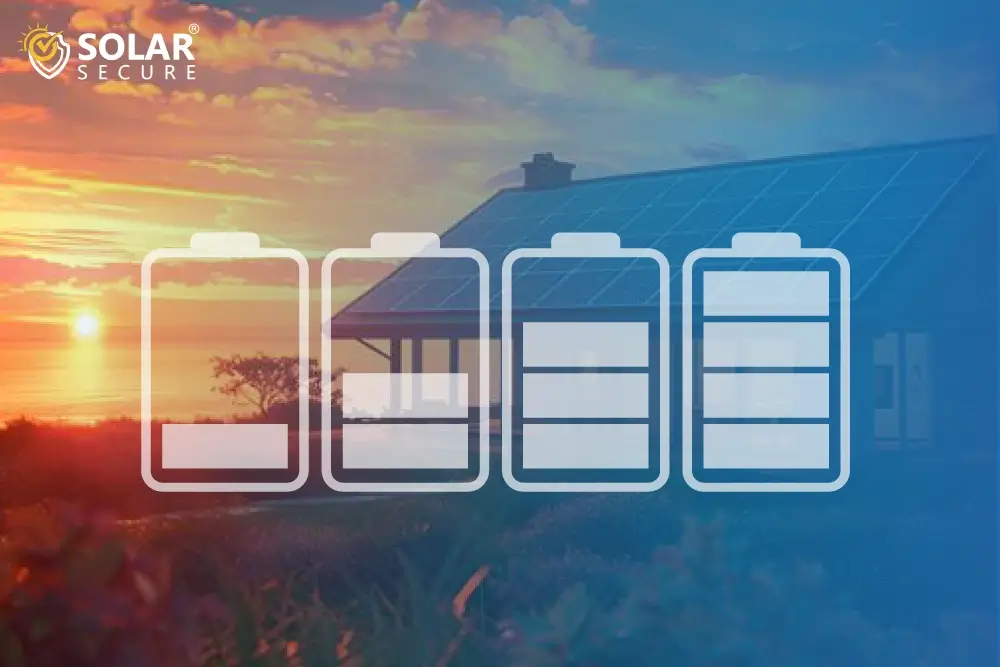What is the PRC?
The Peak Reduction Certificate (PRC) is a certification awarded to organizations that successfully implement strategies to reduce their energy consumption during peak demand periods. This certificate recognizes efforts to manage and lower energy usage when the demand on the power grid is highest, typically during specific times of the day or year.
Accredited Certificate Providers (ACPs) create certificates from activities that provide capacity to reduce electricity use during these peak demand periods.
PRC (PEAK REDUCTION CERTIFICATE)
- 1. Creation of PRCs: PRCs are generated when a qualifying action, such as the installation of a battery storage system, reduces electricity demand during peak periods. For example, by installing a battery that stores excess solar energy and using it during peak demand times (instead of drawing from the grid), consumers contribute to reducing peak load, which qualifies them for PRC creation. The number of certificates generated depends on the size and capacity of the installed system.
- 2. Eligible Technologies: New technologies such as residential battery installations and their integration into Virtual Power Plants (VPPs) are eligible to create PRCs. Batteries with a capacity between 2 kWh and 28 kWh, like the Tesla Powerwall 2 and Powerwall 3 can generate PRCs if they are installed in residential or small business settings. Moreover, PRCs are also generated if existing batteries are connected to VPPs.
- 3. Trading PRCs: PRCs are similar to other tradable environmental certificates, such as Renewable Energy Certificates (RECs), but are focused specifically on peak demand reduction. Accredited Certificate Providers (ACPs), such as installers or energy retailers, can sell these certificates to electricity retailers or other obligated parties who must meet targets for peak demand reduction under the PDRS. This creates a market for PRCs, allowing providers to monetize the peak demand reductions they facilitate.
- 4. Value of PRCs: The value of PRCs can vary depending on market conditions and demand. The certificates are typically sold in bulk, and the proceeds can be used to further reduce the cost of energy-efficient technology, such as batteries. The number of PRCs generated is proportional to the system’s ability to reduce demand during peak periods.
Example: PRCs for a Tesla Powerwall 2
A Tesla Powerwall 2 (13.5 kWh) installed in a residential setting could generate 1,078 PRCs from its installation alone, providing an estimated rebate of around $2,000. If the battery is also connected to a VPP, it could generate additional PRCs, further increasing the rebate. Over time, this allows homeowners to recover part of their investment in battery storage through the PRC market.
In summary, PRC certificates are a key mechanism under the PDRS to incentivize energy-efficient behaviors and technologies that help reduce electricity consumption during peak periods, contributing to a more stable and sustainable electricity grid.
Conclusion
The Peak Reduction Certificate is more than just a badge of honor, it's a commitment to energy efficiency and sustainability. By participating in peak reduction initiatives, businesses not only save money but also play a crucial role in fostering a greener, more reliable energy future. Embrace the benefits of theo PRC and join the m vement toward smarter energy consumption!





